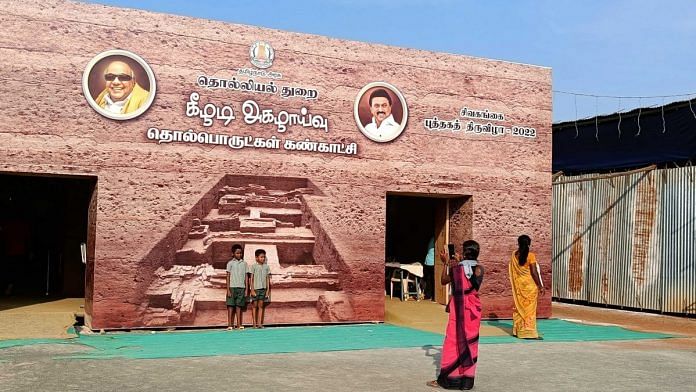A year ago, rice husks and soil samples scraped from the insides of an urn at an ancient burial site in southern Tamil Nadu’s Sivagalai, travelled over 15,000 km to a carbon dating lab in Miami, Florida. Weeks later, the Tamil Nadu State Department of Archaeology—TNSDA—received an email: the paddy in the urn had been traced back to 1155 BCE.
In early September, four months after Dravida Munnetra Kazhagam party chief M.K. Stalin assumed office as Chief Minister of Tamil Nadu, he stood in the state assembly to announce these findings. The samples confirmed that a “civilisation flourished on the banks of the Thamirabarani river 3200 years ago,” he said.
The Stalin-led DMK government’s big push for archaeological work has reignited conversations around Tamil pride and antiquity. This coincides, and very often clashes, with the larger political shift underway in India of a Bharatiya Janata Party government led by its strong focus on Hindutva, its emphasis on Hindi, its harking back to the country’s Vedic past, and its attempt to build a narrative that the Saraswati river “gave birth to Indian civilisation”.
In the larger ideological fight over where, geographically, India’s first civilisation took root, things were heating up. In his address, chief minister Stalin dramatically upped the stakes, committing to send Tamil archaeologists to the shores of Egypt and Oman to find missing pieces of the Tamil “civilisation” puzzle via ancient trade relations. They were being sent to Thailand, Malaysia, Indonesia and Vietnam, too.
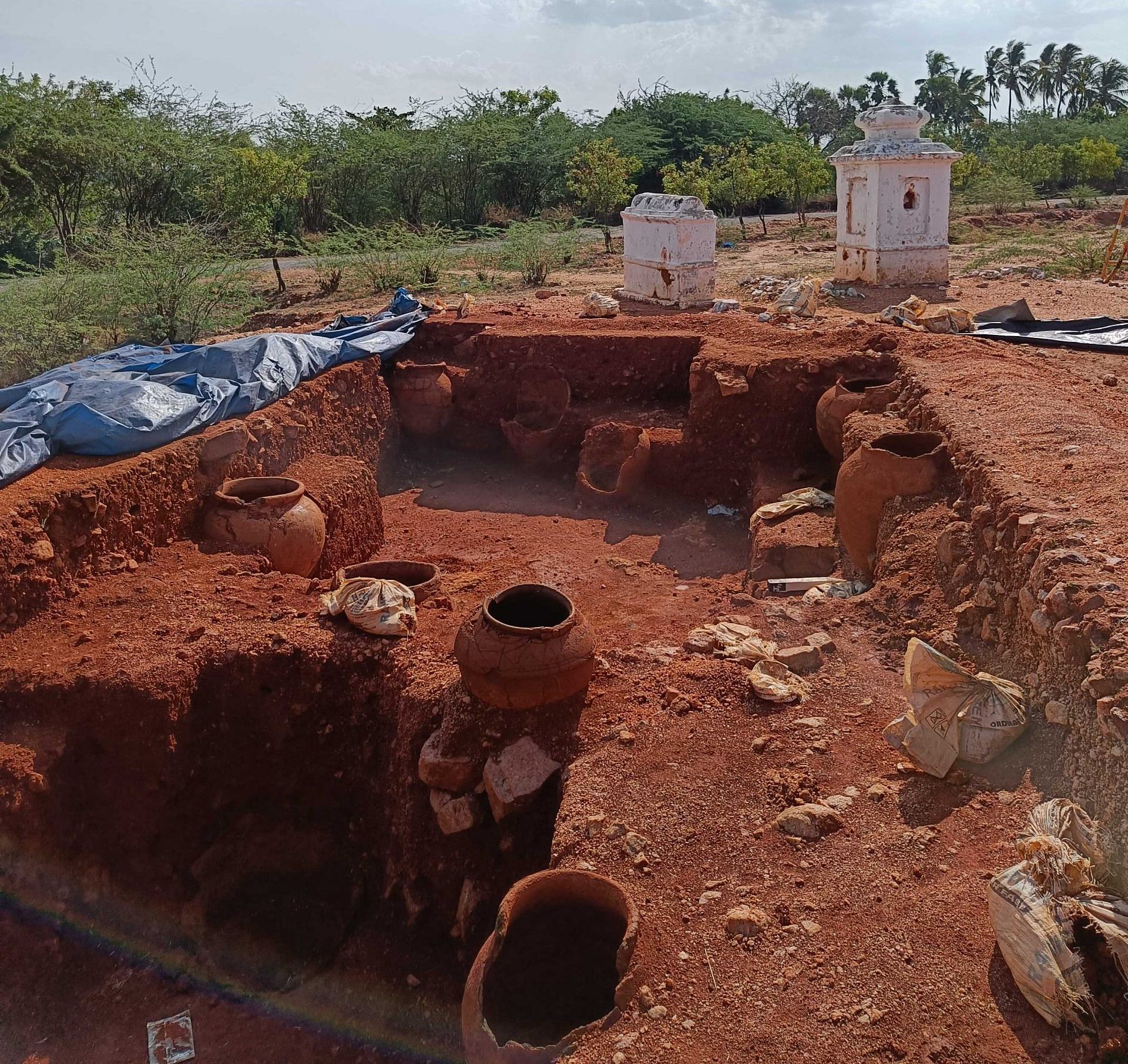
Also Read: After the most important archaeology findings in Keeladi, now come the drawings
Archaeological work in Tamil Nadu
Within India, archaeologists from Tamil Nadu are headed to Andhra Pradesh, Odisha, Karnataka and Kerala. “In search of the cultural roots of Tamils, we will travel across the world. It is the duty of this government to scientifically prove that the history of the Indian subcontinent is written from the Tamil landscape,” Stalin said.
Within Tamil Nadu, archaeologists have been at work in seven sites this year—four existing sites in Keeladi, Manalur, Konthagai and Sivagalai, and three new locations in Vembakkottai (Virudhunagar district), Thulukkarpatti (Tirunelveli district), and Perumbalai (Dharmapuri district) where the digging began in February. Plans to find the potentially submerged Pandyan port city of Korkai have stalled due to rough seas.
However, some fear that serious archaeological work that takes patience and rigour will get entangled with ethnic pride and political assertion.
A source in the TNSDA, speaking to ThePrint, said the government could exercise restraint in how it announces the findings. “It’s like ‘look at us, we are going beyond the shores to discover things’. This is a celebration of the work, but what is the result?” he said.
Referring to the pathbreaking findings at Keeladi, a site near Madurai, where Tamili, a variant of the Brahmi script was found dating back to the 6th century BCE, a hundred years before previously thought, he said: “If I have established that people began writing 2600 years ago, that is certainly a matter of pride. But that doesn’t necessarily mean everything began from here. That attitude is dangerous, it feeds into a sort of hierarchy on which race is superior.”
On 9 May this year, Stalin stood up in the state assembly once again, this time to announce findings from the excavations in a sleepy village of Mayiladumparai in Krishnagiri. He said iron artefacts dating back 4200 years had been unearthed, indicating that Tamil Nadu is home to the oldest Iron Age settlement.
“It would appear that by rushing to the assembly hall before the findings had been checked by independent experts, Stalin wanted to make a political statement,” CP Rajendran, an adjunct professor at the National Institute of Advanced Studies (NIAS) in Bengaluru, wrote in The Wire later in May.
Ravi Korisettar, also an adjunct professor at NIAS, said while he was happy about the Tamil Nadu government’s increasing support for archaeology, well-trained archaeologists in the state could advise the leaders to refrain from making hypothetical statements.
“This is the situation both at the national and regional levels. Small evidence is blown up beyond proportions that certainly lack scientific scrutiny. This is much needed in 21st-century archaeology.” said Korisettar. “Findings should help formulate a hypothesis that warrants further work in order to test the hypothesis, this test either validates or invalidates and when validated it can be put into the public domain with confidence. Unfortunately, suggestions are taken as conclusions leading to making high-sounding statements,” he said.
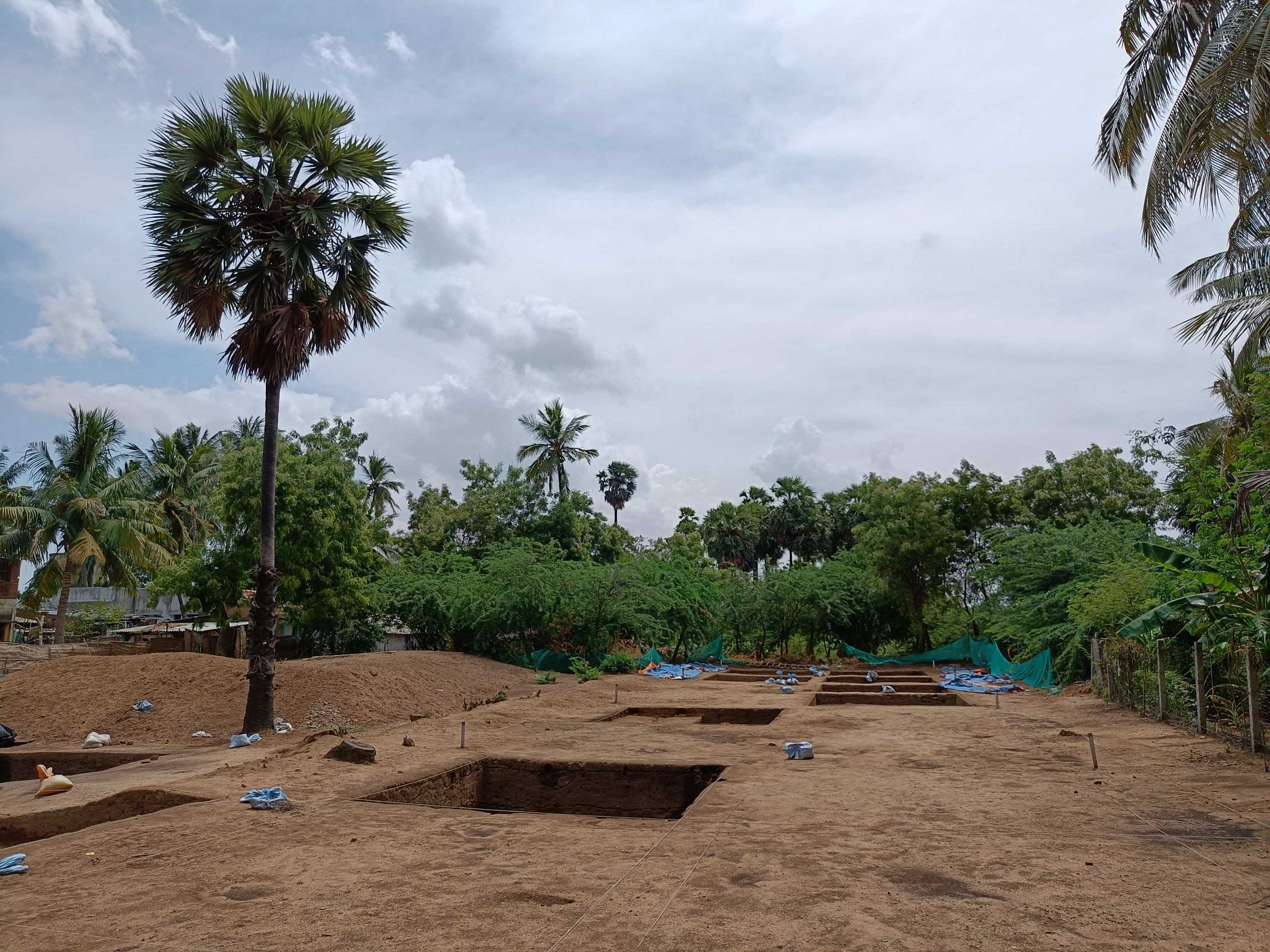
Also Read: Archeologist who found 4,500-yr-old skeletons in Haryana doesn’t buy Aryan invasion theory
Political stakes in excavations
With the Dravidian party having an ideological stake in resisting the BJP government’s ‘Vedic supremacy’ politics, questions do arise on whether archaeology is used to solidify cultural identity in modern-day Tamil Nadu.
For its part, the Tamil Nadu government is showing its full commitment to the excavations by setting aside Rs 5 crore for excavations alone in 2022. In recent years, the state government has sanctioned an annual budget of Rs 3 crore for excavations. In comparison, neighbouring Karnataka’s archaeology department reportedly receives an annual budget of roughly Rs 25 crore but it is unclear how much of it is used for excavations. “The DMK government wants to give importance to large-scale excavations. This is one area which is neglected, when people talk about budget cuts, they lay their hands first on archaeology and museums,” Minister of Industries, Tamil Culture and Archaeology Thangam Thennarasu told ThePrint.
At his residence in a leafy neighbourhood in South Chennai, he said the interest that the government has in archaeology is not for “political advantage.” The quest is to fill cultural gaps, to establish connectivity between sites, he said. To answer questions like who was the first to live in this land? Where did it all start? How are the sites connected?
“We never want to mix politics with archaeology, that we are very clear,” he said. “Whatever we are doing now is only backed by scientific evidence, only if it is vetted and agreed by veteran scientists, or the archaeologists or experts, then only it is published. The government does not add any colour to it.”
Thennarasu has photographs of the soon-to-be-opened “world-class” Keeladi museum on his phone which the state government hopes will solidify social and intellectual curiosity around the excavations. “The objective is to make people realise how old our civilisation is.”
TNSDA archaeologists were muted in their responses over recent findings. “Since we work with public money, it is our duty to inform and since it (Iron Age finding) was announced by the chief minister it became a big deal,” said an archaeologist, who did not wish to be named. “This isn’t a very unusual discovery. Tomorrow, if somebody is excavating in Uttar Pradesh or Andhra Pradesh, they may find an earlier date. As of today, the date of iron in India traces back to 2172 BCE, that’s about all,” he said matter-of-factly.
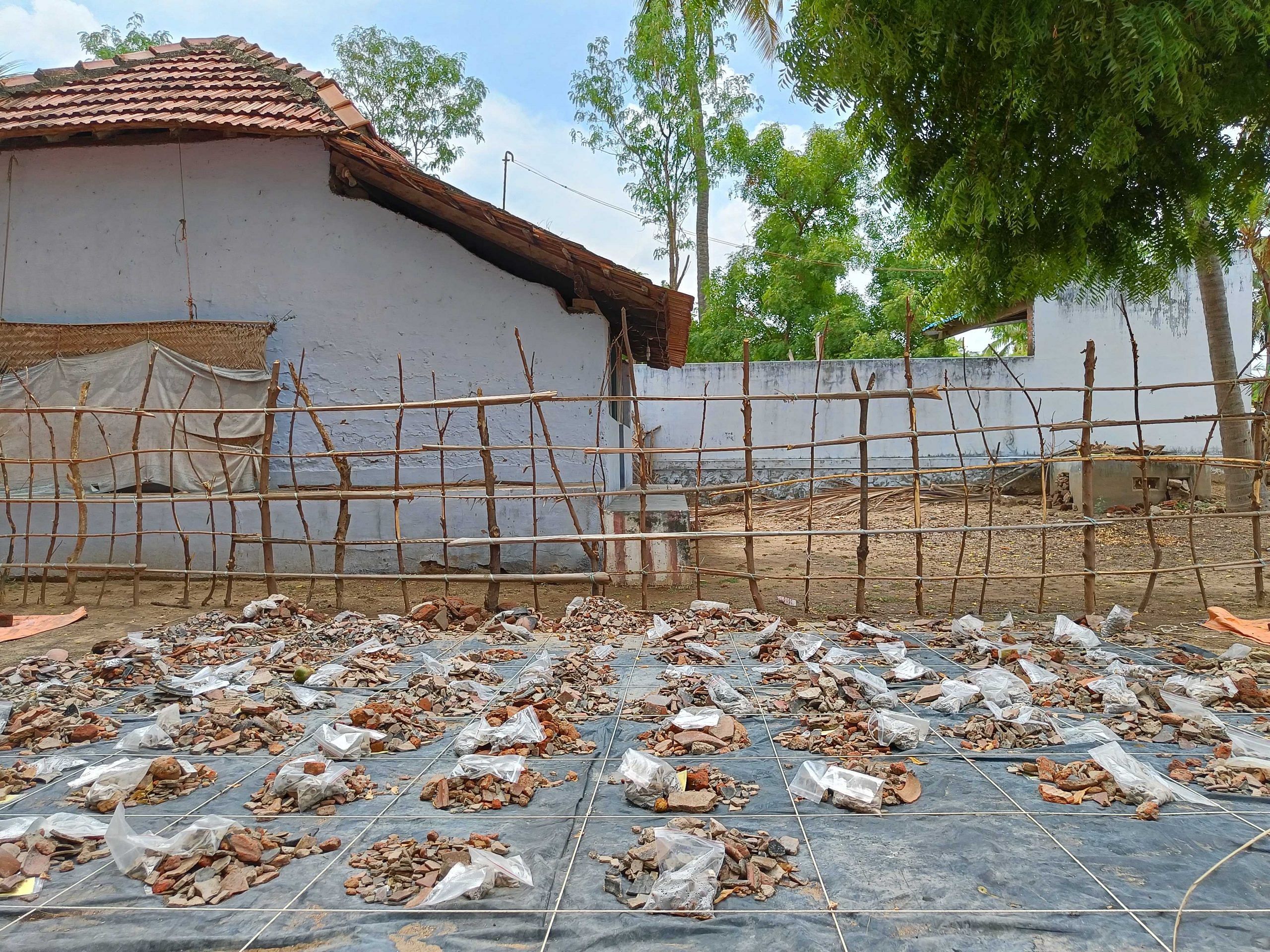
Also Read: The Class of Taxila — how Mortimer Wheeler set up the first Indian archaeology school
Culture and identity wars
Excitement apart, the digs in Tamil Nadu feed directly into a renewed debate on indigenous culture that the state has been undergoing specifically around questions of identity. It fosters a sense of belonging to the land and an opportunity for a belated recognition in history textbooks that are seen as being skewed toward north Indian history.
“This (archaeology) could be driven by politics, but it is also very cultural,” said G. Sundar, director of the Roja Muthiah Research Library. The research library runs The Indus Research Centre which is currently collaborating with TNSDA on studying links between graffiti marks on potsherds excavated in Tamil Nadu with signs found in the Indus Valley. Experts say 90 per cent graffiti is found in South India, more so in Tamil Nadu.
Sundar and his colleagues are attempting to digitize graffiti marks inscribed on potsherds to build a concordance along the lines of what has been documented on IVC seals by late renowned epigraphist Dr Iravatham Mahadevan. His work is now digitized on this site: indusscript.in
Sundar identifies the 2017 pro-Jallikattu protests as an inflection point. “Jallikattu was really a trigger for cultural identity,” he said. In January 2017, thousands of Tamil youth took to the streets to protest the Supreme Court ban on the traditional bull-vault sport that takes place around the Tamil harvest festival of Pongal.
That same year, for reasons that remain unclear, the Archaeological Survey of India, which reports to the Union government, did not approve further digs at Keeladi, where an urban settlement was unearthed in 2015. The site was subsequently taken over by the TNSDA.
“When your values are not respected or come under attack, you ascertain,” Sundar said. “Whatever gains that were made through the Jallikattu movement, it was like, here is another episode (referring to Keeladi digs). In both cases, the place targeted was Madurai, the cultural capital of Tamil Nadu. People had become extremely conscious of their cultural heritage, and they did not want to give up,” he said.
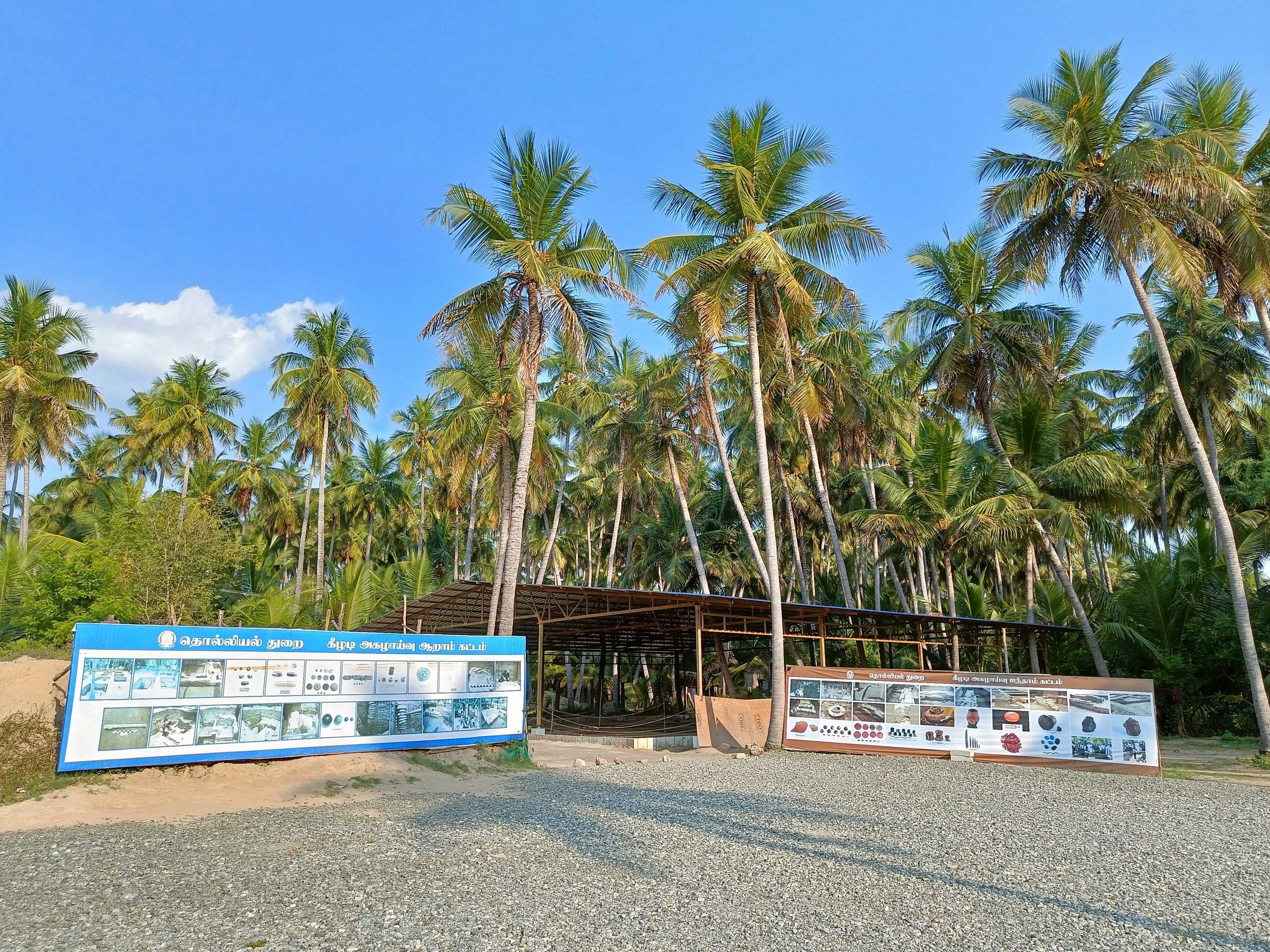
Also Read: Two Ayodhya archaeologists changed how we dig up India’s Hindu history
A holistic picture
On the ground, archaeologists are on a quest to plug cultural gaps from the day a human showed up in Athirampakkam, near Chennai, some 1.5 million years ago. “From that day, history starts,” said a senior archaeologist who serves as an advisor to the state department of archaeology. “Later, from the 6th Century BCE, we have written documents in Tamili script, which gives us the name of a person. We can reconstruct the language, linguistics, grammar, society, and social structure, based on written documents. But there is a long history, how did they reach this level?”
To answer these questions, the TNSDA’s approach is multidisciplinary, partnering with several scientific institutions to gain a wholesome understanding of who the ancient Tamils were.
“The problem is everyone, whether a specialist in Sangam Literature, archaeology or history, writes from their perspective alone,” said the senior advisor. “For this multidisciplinary approach, I need to take a botanist, a geologist, an archaeo-geologist, I have to retrieve ancient DNA, get maritime navigational techniques, marine engineers, study coastal geomorphology, paleochannels, metallurgy, and put all these together to get a perspective.”
Dr R. Sivanantham, the commissioner of TNSDA, named a whole list of institutes that work closely with the state, including collaborations with Chicago and Harvard Universities, the French Institute in Pondicherry and Birbal Sahni Institute of Palaeosciences in Lucknow. Among them is the NIAS in Bengaluru.
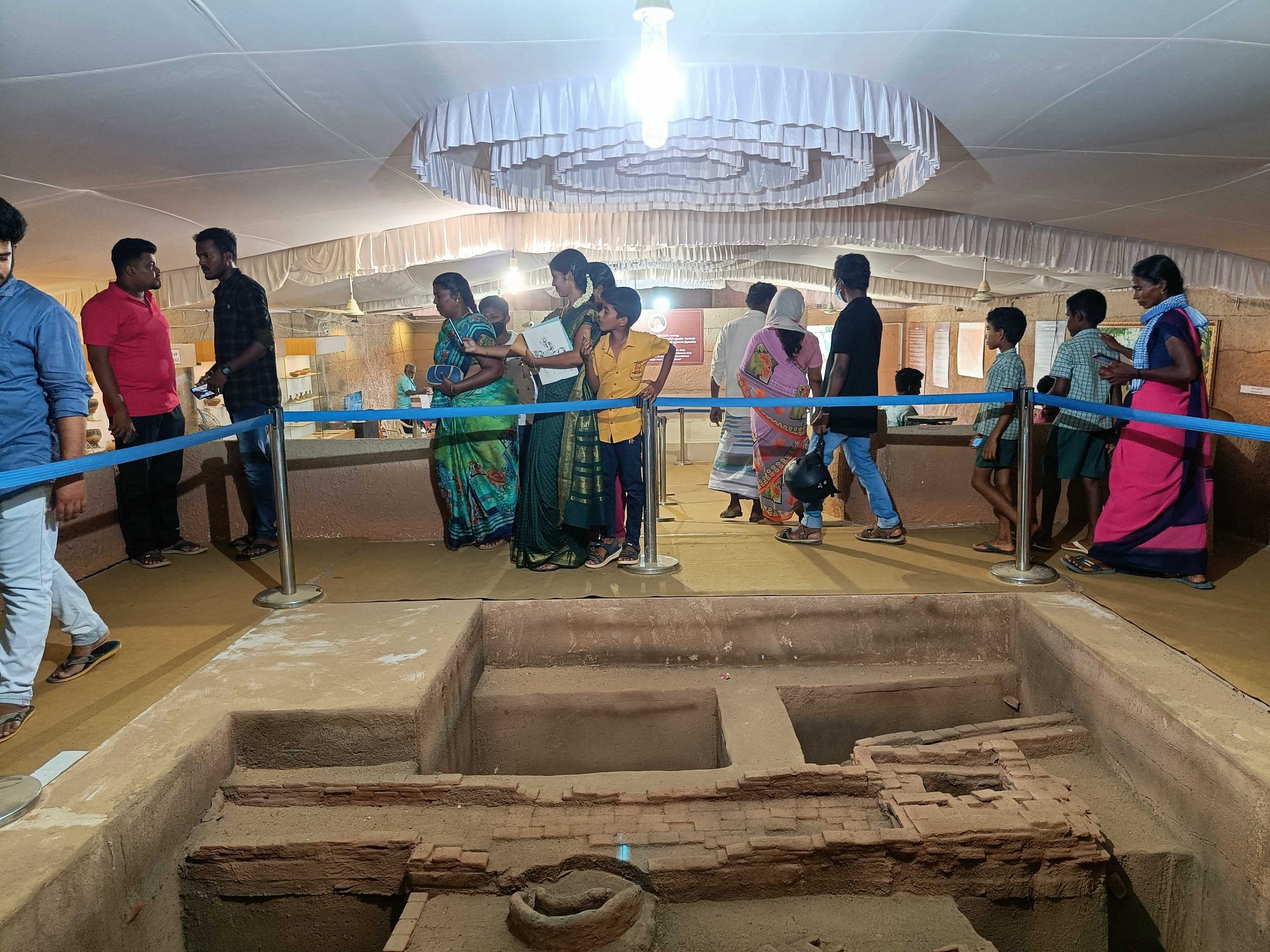
Professor Sharada Srinivasan is a researcher of archaeometallurgy and has frequently collaborated with both TNSDA and ASI. She studied South Indian metal icons, including Chola bronzes.
In her work, she identified previously unknown production sites for wootz steel making in Mel-Sirvualur in Tamil Nadu. “There is now a sequence of dates that seem fairly reliable coming in, which is pushing back the antiquity of various ferrous finds as indicated in Tamil Nadu and southern India so that the early dates for Mayiladumparai are not out of place.”
Yet, she warns, the most important approach is to have findings published in peer-reviewed journals and papers that can stand up to international scrutiny.
Professor Srinivasan stresses on time as a factor. “In many ways, scientific work is also challenging, and these are also preliminary findings that need more rigorous and systematic studies which require sustained and long-term support to take the investigations further,” she said. “It must be said that at the end of the day, all heritage, wherever it is across the globe, is world heritage and the heritage of humankind and needs to be approached, preserved or appreciated in a dispassionate and objective way.”
(Edited by Srinjoy Dey)


